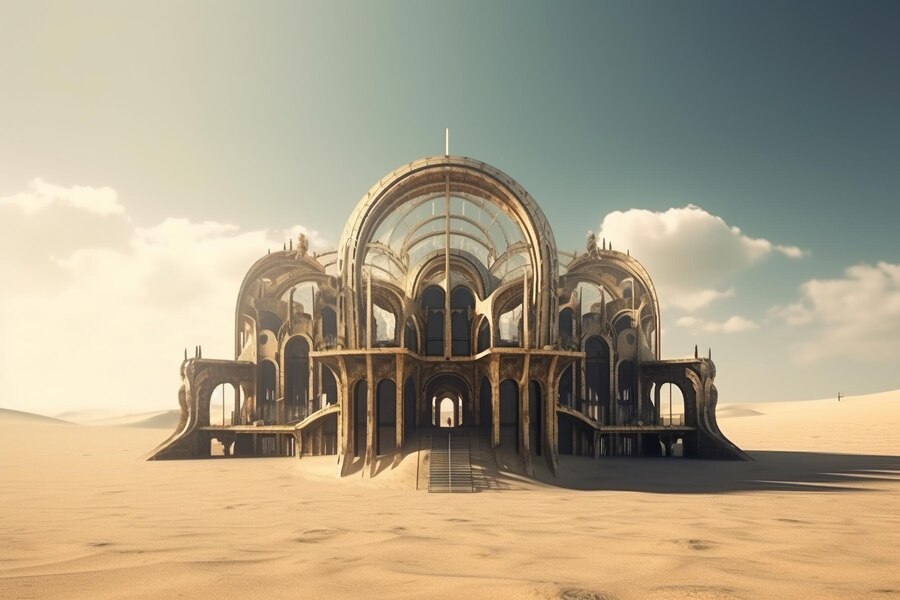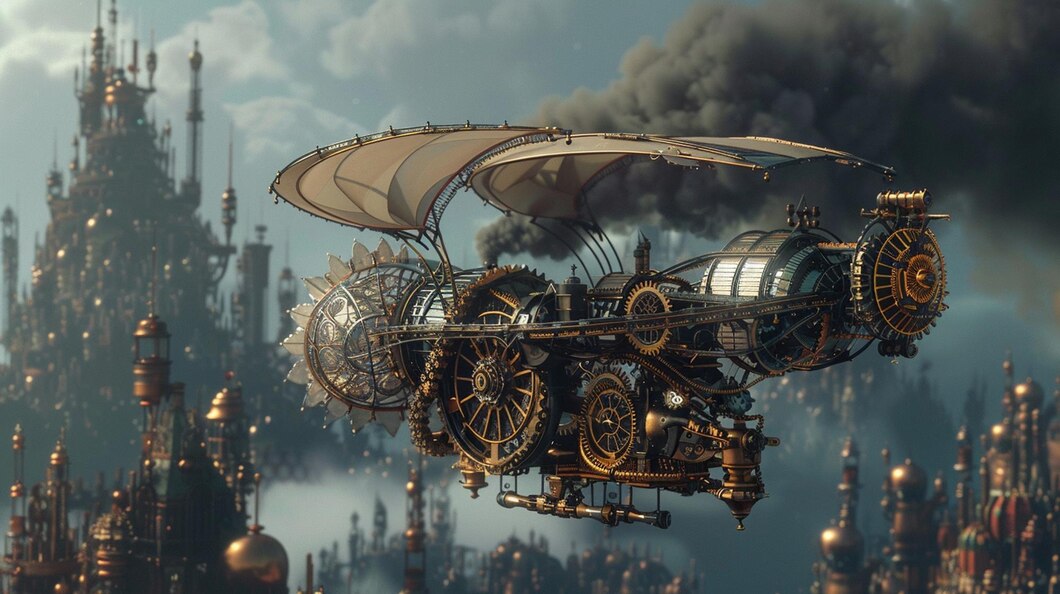Perdido Street Station, a novel by British author China Miéville, dives into the gritty, intricate world of New Crobuzon—a city where magic, industry, and the bizarre coexist in a sprawling, steampunk-inspired universe. Published in 2000, this novel has earned critical acclaim for its deep storytelling and unique setting. Below, we’ll explore the themes, characters, and impact of Perdido Street Station, shedding light on why it remains a significant work in modern speculative fiction.
What Is Perdido Street Station?
Perdido Street Station is a blend of science fiction, fantasy, and horror, set in a world influenced by Victorian-era steampunk aesthetics and surrealist themes. It centers on the city of New Crobuzon, a sprawling metropolis filled with corrupt politicians, strange creatures, and advanced but morally ambiguous technology. The story weaves together elements of magic, industry, and rebellion, creating a rich tapestry of a city on the edge.
Setting the Stage: New Crobuzon’s Complex World
New Crobuzon is one of the most imaginative settings in speculative fiction. Miéville crafts a city that is both fascinating and terrifying, filled with architectural wonders and dark secrets. The environment itself plays a vital role, reflecting the corrupt politics, social inequalities, and moral ambiguities of the society it houses.
Central Themes of Perdido Street Station
Perdido Street Station addresses themes like societal corruption, the consequences of unchecked ambition, and the blurred line between technology and magic. These themes are deeply intertwined with the city’s political and social structures, highlighting the struggles of the city’s diverse population against an often oppressive regime.
Unique Characters and Species in Perdido Street Station
Miéville introduces a variety of species beyond humans, including insectoid creatures, sentient machines, and mutants. Key characters include Isaac Dan der Grimnebulin, a scientist researching forbidden knowledge, and Lin, an artist from the khepri race—a species with humanoid bodies and insect-like heads. These characters bring unique perspectives and challenges, underscoring the novel’s exploration of identity and otherness.
Isaac Dan der Grimnebulin: The Flawed Protagonist
Isaac, a scientist with a passion for understanding the limits of physics and biology, embodies the human thirst for knowledge. However, his ambition drives him to make reckless decisions, putting himself and others in peril. Isaac’s character arc demonstrates the dangers of curiosity when it collides with ethical boundaries.
Lin: An Artist’s Struggle in a World of Prejudice
Lin, Isaac’s lover, is a khepri artist who faces both social and personal struggles. Her creative talents and her marginalized identity make her an intriguing figure. Lin’s journey offers a glimpse into the discrimination faced by non-human characters and the resilience required to thrive within an oppressive society.
The Role of Magic and Science
Magic and science coexist in Perdido Street Station, blending in ways that challenge traditional genre boundaries. The novel’s portrayal of “thaumaturgy” or magic highlights how it functions almost like a branch of science within the world of New Crobuzon. This blending of disciplines opens discussions about the ethics of scientific exploration and the potential consequences of manipulating forces beyond human control.
The Slake-Moths: Symbols of Fear and Chaos
The terrifying slake-moths, creatures that feed on the consciousness of others, serve as a primary source of horror in the novel. Their introduction sets off a series of events that reveal the vulnerability of New Crobuzon’s residents, showcasing how uncontrollable forces can undermine even the most advanced societies. The slake-moths represent the ultimate fear—an enemy that cannot be reasoned with or fully understood.
Moral Ambiguity and Political Corruption
New Crobuzon’s government is deeply corrupt, ruling with a brutal hand and often exploiting its citizens for power. This theme of political corruption reflects real-world critiques, particularly in the way the government manipulates citizens and disregards the consequences of its actions. The novel’s exploration of power dynamics underscores the dangers of unchecked authority.
Industrialization and Its Consequences
The city’s industrial landscape is both a marvel and a curse. Factories, machines, and grimy workshops form the backbone of New Crobuzon’s economy but come at a significant cost to its environment and its inhabitants. Miéville’s critique of industrialization emphasizes the degradation and social stratification that often accompany rapid technological progress.
Rebellion and the Cost of Resistance
Rebellion is a recurring theme, with characters frequently resisting the oppressive systems of their world. However, Miéville doesn’t romanticize rebellion, showcasing the costs associated with resistance. This nuanced portrayal highlights the difficult choices individuals must make when fighting against an overwhelming power.
Miéville’s Writing Style and World-Building
Miéville’s writing style is dense, vivid, and unflinching, pulling readers into the detailed world he’s created. His ability to paint both beautiful and grotesque imagery enhances the impact of New Crobuzon’s gritty atmosphere. His language is often challenging, but it rewards readers with a sense of immersion that few authors achieve.
Influences and Literary Legacy
Perdido Street Station draws from a variety of influences, including H.P. Lovecraft’s horror, Mervyn Peake’s Gormenghast, and cyberpunk aesthetics. These influences blend into a novel that defies categorization, appealing to fans of multiple genres and leaving a lasting impact on modern speculative fiction.
Critical Reception and Awards
The novel has been widely praised for its originality and depth, earning several nominations and awards, including the British Fantasy Award and the Arthur C. Clarke Award. Critics and readers alike have praised its world-building and thematic complexity, cementing its place as a staple in the speculative fiction genre.
Impact on Modern Speculative Fiction
Perdido Street Station has influenced countless writers and works in the genre, inspiring new approaches to world-building and genre-blending. Its impact is seen in the way modern authors integrate complex themes, diverse characters, and unconventional storytelling techniques.
Why Perdido Street Station Remains Relevant

The novel’s exploration of themes like corruption, ambition, and societal decay continues to resonate in today’s world. Its portrayal of a society struggling with moral dilemmas and systemic injustices mirrors real-world issues, making it relevant to contemporary readers.
Conclusion
Perdido Street Station is more than a novel; it’s an experience that challenges readers to question societal structures, ethical boundaries, and the consequences of progress. With its unique blend of horror, fantasy, and science fiction, Miéville has created a work that stands the test of time, appealing to readers who seek complex worlds and thought-provoking narratives.
FAQs
What genre is Perdido Street Station?
Perdido Street Station is a blend of science fiction, fantasy, and horror, often classified within the New Weird genre for its genre-bending themes and dark, unique setting.
Who is the author of Perdido Street Station?
China Miéville, a British author known for his unique approach to speculative fiction, wrote Perdido Street Station as part of his Bas-Lag series.
What is New Crobuzon?
New Crobuzon is a fictional city characterized by its steampunk aesthetics, diverse inhabitants, and complex social structures, serving as the central setting for Perdido Street Station.
Why are slake-moths significant in the novel?
Slake-moths are predatory creatures that embody fear and chaos in the story, posing a threat that disrupts the stability of New Crobuzon and its citizens.
Is Perdido Street Station part of a series?
Yes, it is the first novel in Miéville’s Bas-Lag series, followed by The Scar and Iron Council, each set in the same world but featuring different narratives and characters.
